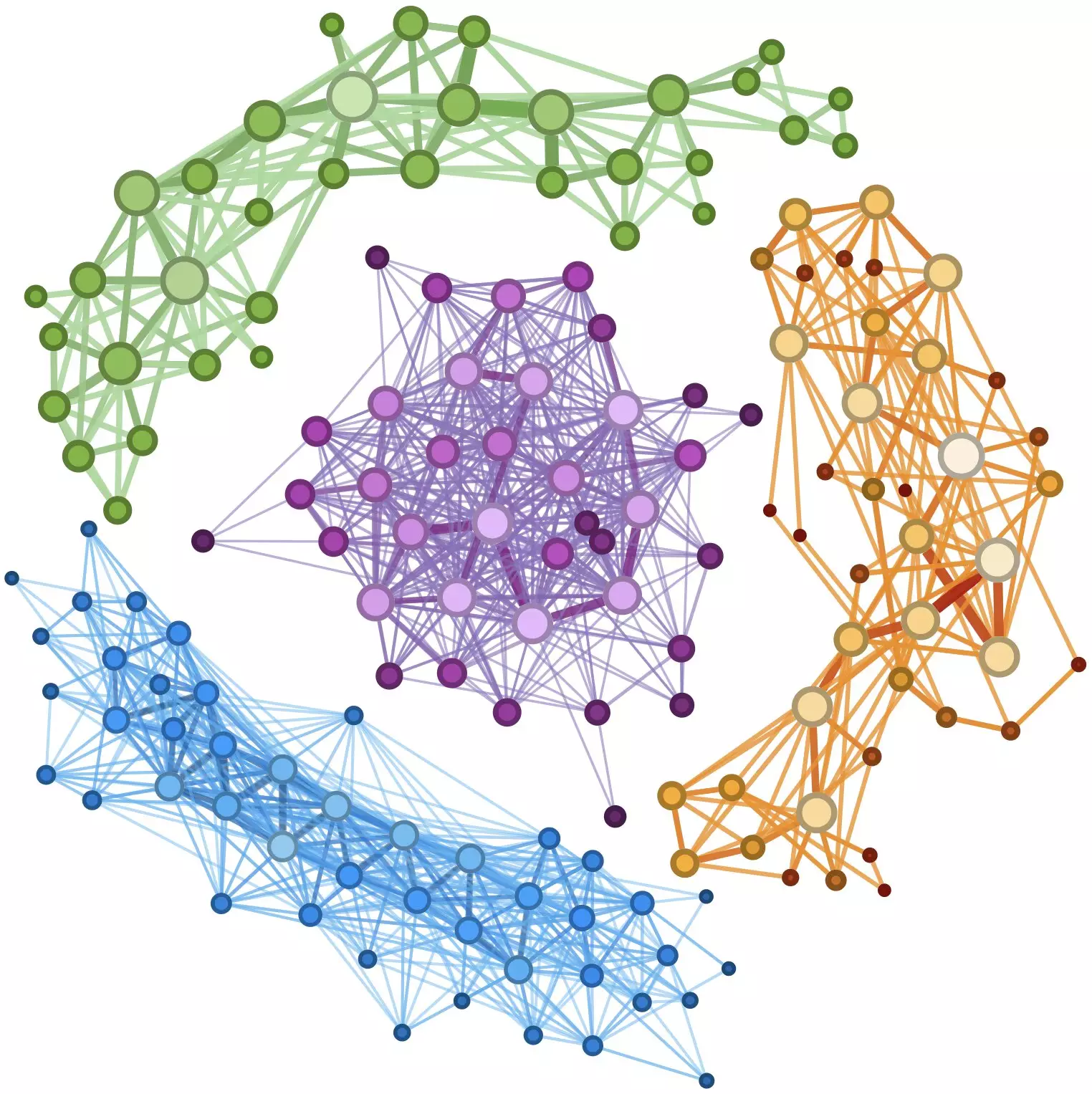Johann Sebastian Bach, a towering figure in the realm of classical music, continues to captivate audiences centuries after his passing. Monthly, millions flock to streaming platforms like Spotify to experience his compositions, demonstrating an enduring appeal that surpasses even renowned contemporaries like Mozart and Beethoven. Notably, pieces like the Prélude to Bach’s Cello Suite No. 1 in G Major have accumulated staggering streaming counts, with listeners often returning for the complex beauty that defines his work. The question arises: what qualities render Bach’s music so timelessly relevant and universally cherished?
To unravel the enigma of Bach’s musical longevity, researchers have turned to network theory, a method typically used in fields such as physics and bioengineering. A paper published in the journal *Physical Review Research* by Dani S. Bassett, a professor across multiple disciplines, alongside doctoral student Suman Kulkarni, seeks to reinterpret Bach’s compositions as intricate networks. In this framework, each note becomes a node, and transitions between notes are represented as edges, enabling a fresh analytical perspective that goes beyond traditional music criticism.
The researchers emphasized the potential benefits of this approach for various stakeholders in the music world—musicians, composers, therapists, and producers can gain invaluable quantitative insights into musical structure. Kulkarni, the lead author, articulates the significance of this research by asserting that it simplifies the complexities of Bach’s music to facilitate deeper understanding and exploration of its structure.
The study’s innovative methodology surfaces meaningful differences across a variety of Bach’s compositions. The team analyzed over a thousand works, representing about one-third of his extant catalog as networks of notes. The patterns observed within these networks reveal two critical metrics: entropy and clustering. Entropy measures the degree of variation in note sequences, suggesting that higher entropy conveys more information. In contrast, clustering assesses how much a piece aligns with audience expectations. High clustering indicates familiarity, while low clustering suggests a divergence from what listeners anticipate.
Bassett elucidates the implications of these metrics, likening music networks to language networks, which tend to possess high entropy but low divergence from expectations. In stark contrast, Bach’s music, characterized by lower entropy and frequent deviations from predictability, showcases a unique complexity. This duality illustrates why listeners may find both comfort and surprise in Bach’s compositions, a balance that enhances engagement and emotional resonance.
This new analytical framework has far-reaching implications, particularly in understanding how musical structures influence listener perception and emotional response. By grasping the intricate relationship between complexity in music and brain activity, valuable insights may emerge for music therapy applications. Particularly, if researchers can determine how individuals respond to varying levels of complexity in music, they could recommend specific compositions beneficial for particular therapeutic goals.
Additionally, the study provides a new lens for composers and producers. For example, findings reveal that Bach’s chorales, renowned for their simplicity and meditative qualities, exhibit lower entropy compared to the more complex, chromatic structures of his toccatas. While chorales serve a function of contemplation in church settings, toccatas are framed around entertainment, contrasting purposes that illuminate how different musical styles can affect mental states and intents.
The potential applications of this framework extend well beyond Bach, with the researchers poised to analyze other genres, including jazz, on the same principles. Kulkarni expresses curiosity about how non-Western musical traditions will reveal differing structural complexities and emotional affects. Such investigations could not only expand our understanding of global music forms but also foster cross-cultural connections through sound.
Bassett’s background as a classical pianist, paired with their scientific endeavors, emphasizes a thirst for knowledge that transcends traditional boundaries. By investigating the nuanced relationship between music and communication, insights gained will invariably enrich both artistic and scientific fields.
Bach’s music, when viewed through the lens of modern analytical tools like network theory, unveils layers of complexity and structure that have long evaded traditional musicology. The findings contribute not only to the appreciation of Bach’s genius but also to a broader comprehension of music itself as a form of communication and emotional expression. As researchers continue to explore the intersection of music, culture, and neuroscience, the promise of delivering profound insights into how we connect with music awaits, opening doors to both artistic inspiration and therapeutic possibilities.

